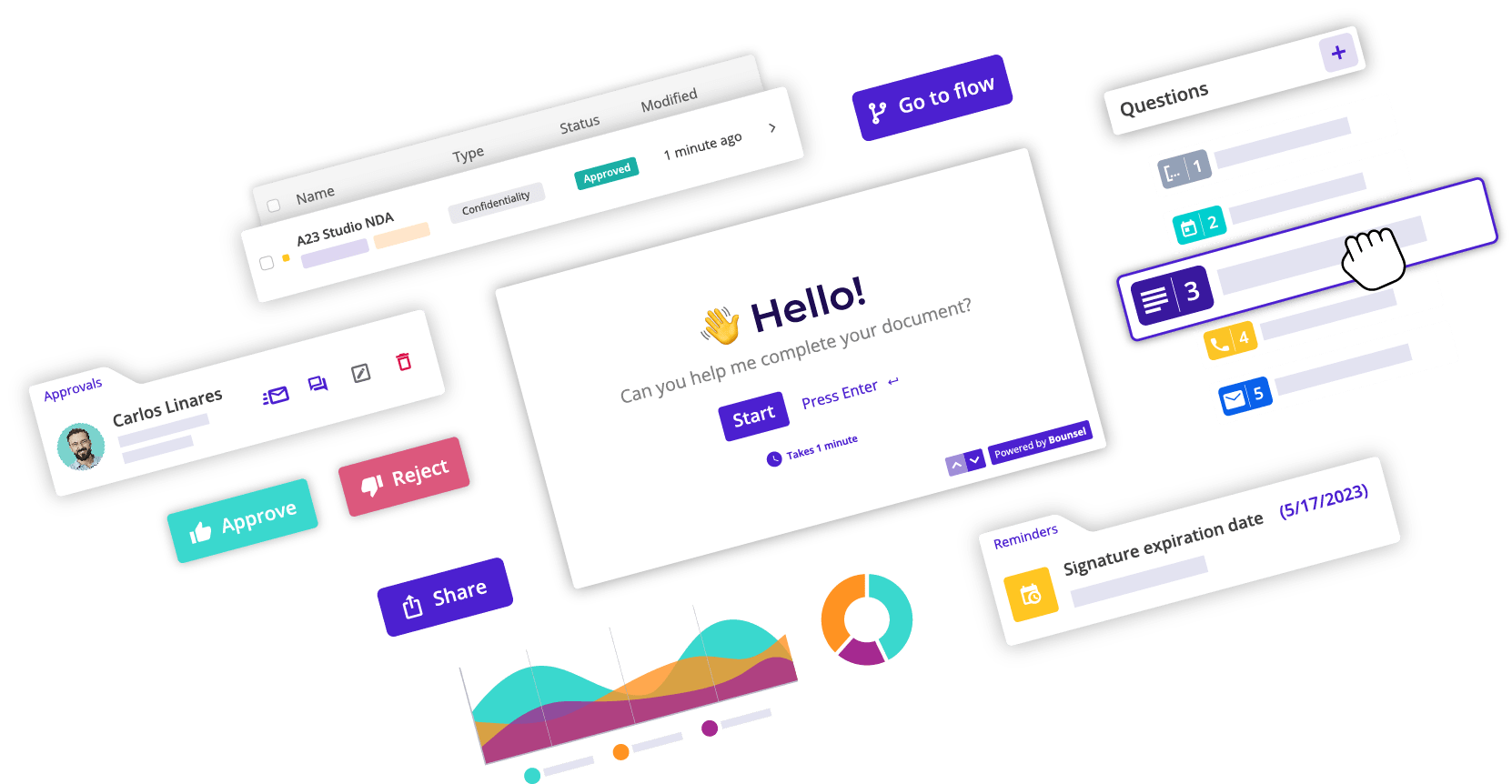What is Legal Design?
Legal Design is a discipline that brings together the world of design and the world of law. through the application of design principles to the creation of legal solutions. Over the last few years, we have seen what can be achieved by applying Legal Design to different legal documents such as contracts, making them more attractive to the public. more accessible, easier to understand and visually more attractive.The application goes beyond this, allowing it to be used as a tool to improve legal services themselves, enabling them to connect with the public, even with those who have no legal knowledge.
It is on this basis that it can be stated that Legal Design is not only reduced to the visual part, but also has an impact on the improvement of processes and justice systems.
What are the advantages of implementing legal design in an in-house department?
Now, as for an in-house department, Legal Design can bring numerous advantages that significantly improve the work of lawyers on the one hand, and on the other hand, their relationship with different departments of the company.
- Contract designLegal documents are by nature complex and difficult to understand for people outside the legal world. Legal Design aims to improve the understanding of contracts and other legal agreements by simplifying the language and creating harmony in the structure of the text.
- Process designIn a company, lawyers are in constant contact with the different departments of the company, where they often have to deal with professionals who have no legal knowledge and are often overwhelmed by the amount of legal information they have to review. With the implementation of Legal Design, their experience will be more pleasant and less stressful, as legal information will be provided in a more visual and easy to understand way. This will also work for onboarding processes, i.e. the onboarding of new customers and improve their experience until the issue is resolved. And, it will provide the possibility of automatically improving them by updating the legal systems.
- InnovationLegal Design is a relatively new and little used discipline in the legal world, so its implementation is a truly innovative tool in an in-house department that will improve efficiency, quality of work and the relationship with users. Through Legal Tech, technological tools are created, which generate more dynamic interaction between lawyers and third parties, thus improving the experience in the legal world.
How does Legal Design help in-house lawyers?
Legal Design enables in-house lawyers to develop their ability to think creatively and helps them to communicate legal information to other employees in the company in a clear and effective way, saving time with the use of pre-created templates and designs that improve the experience of employees when they come into contact with legal documents, thus providing effective legal services to their companies.
Uses of Legal Design in in-house legal departments
However, the use of Legal Design in in-house legal departments is not only based on the creation of legal documents, nor on improving the user experience, but it is also present in other issues such as:
In the simplification of legal processes
It is a tool that helps to simplify highly complex legal processes, using graphics that clarify their different stages, thus improving efficiency in the legal department and its communications with other areas.
Increased organisation
The fact that lawyers implement Legal Design in their day-to-day tasks will allow them to be more organised, as by using creativity they will be able to quickly identify the problem and generate an efficient solution that is easily accessible, such as creating new litigation strategies in court cases or improving the completion of new projects that require legal processes in less time.
Legal Design applied to the design of technological products
In order to understand how Legal Design can be implemented in the design of technological products, we must understand what is meant by these. Technological products are those creations that facilitate the work of different professionals and specialists, either by providing platforms or systems that improve the development of their activities.
Now, the question that arises is how to apply Legal Design to these new technological tools or products? As mentioned above, it is not just a matter of making a visual design of the solution to the problem, it is a matter of to apply a design from the inside that results in externalisation. In this sense, applying Legal Design is a whole process that we will develop taking as an example, the document organisation systems better known as document management applications. In principle, it would mean studying the flow of information that enters and leaves the platform, the way in which documents are uploaded, assessing the degree of accessibility for users and how user-friendly it is. It is from this starting point that problems can be identified in order to find a solution.
Done by Naomi García, Lucía Chávez and Karol Valencia, legal designers of the WOW Legal Experience team.











